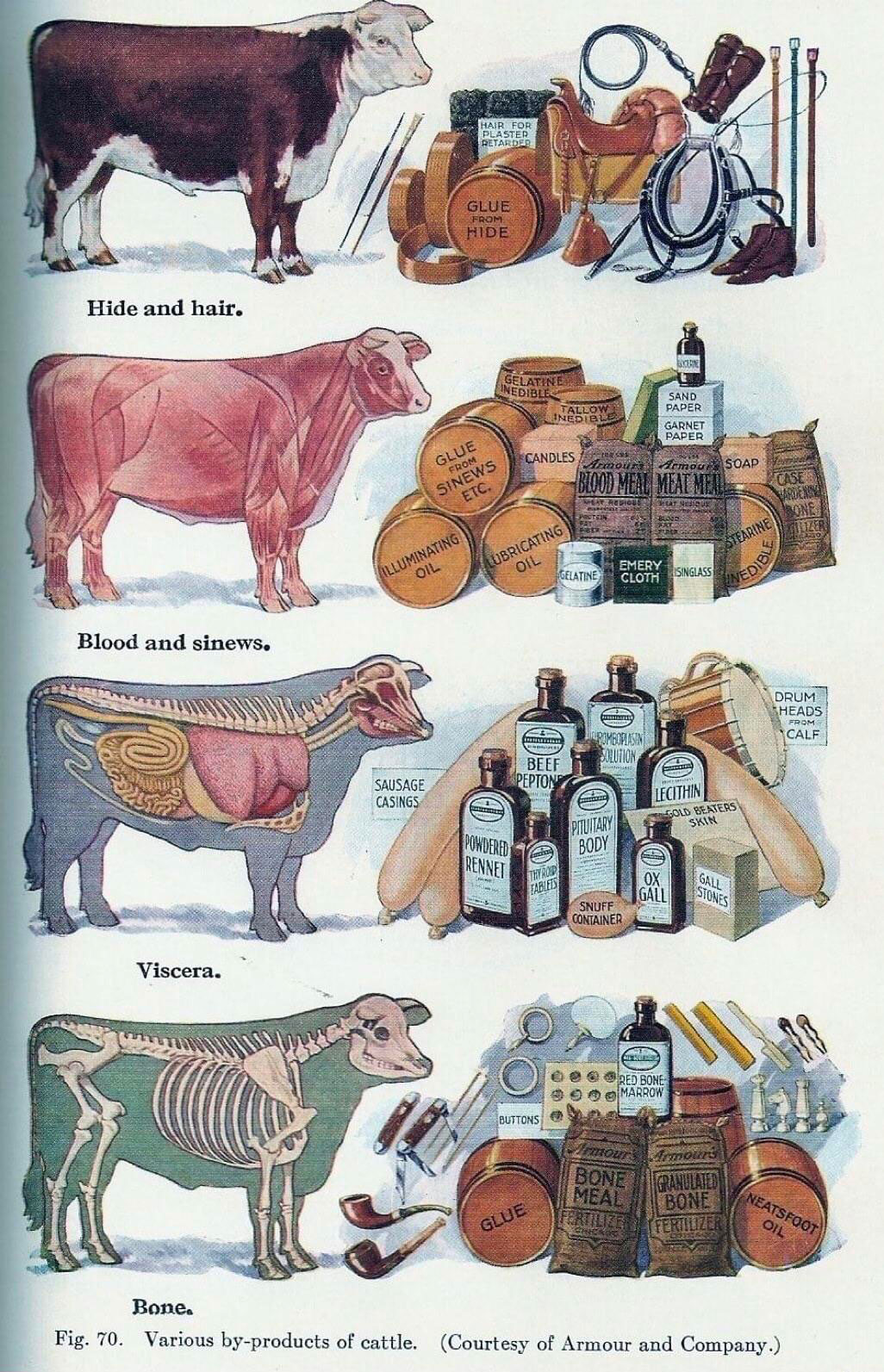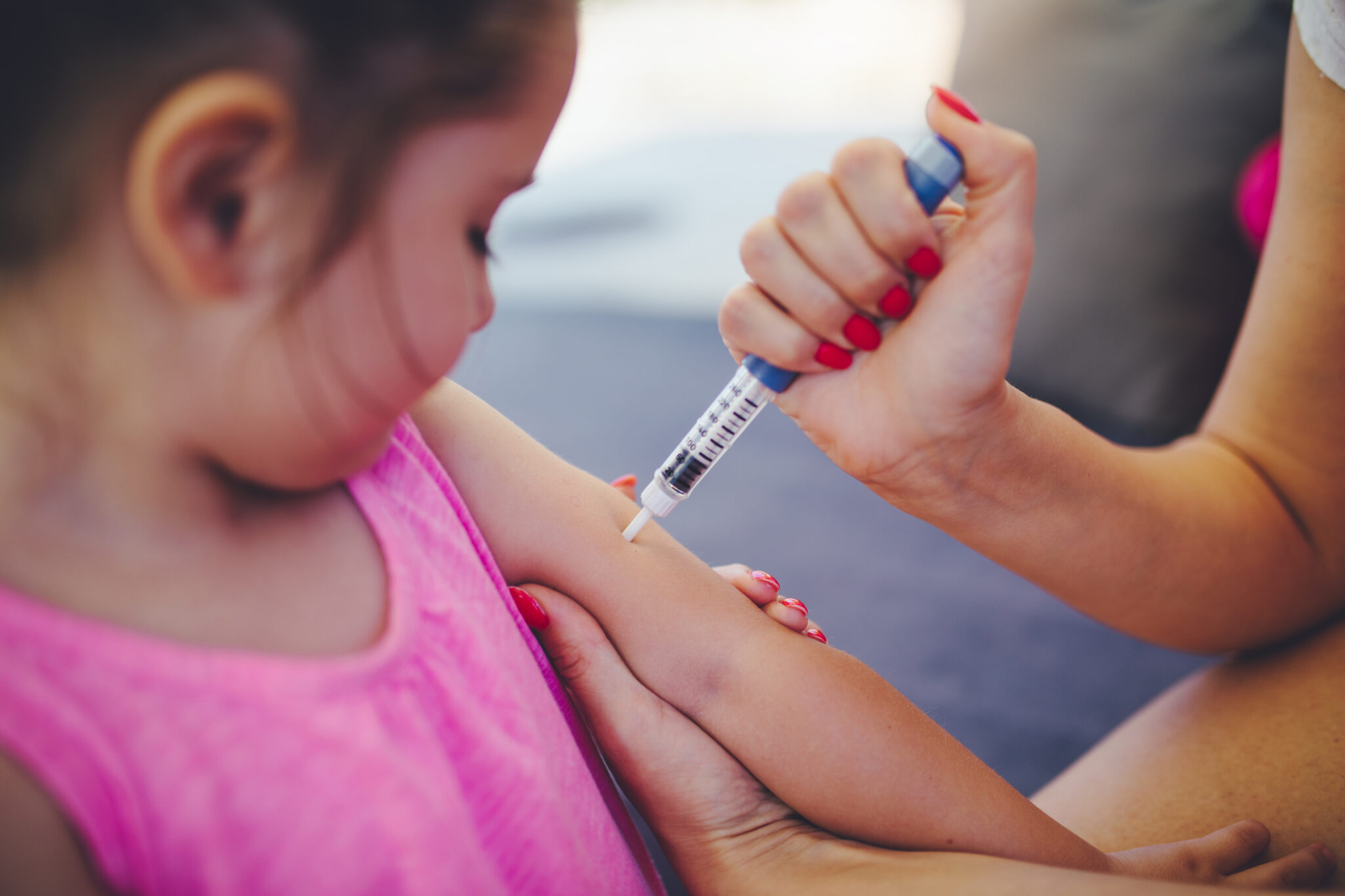By Kim Bui
Riddle me this, what do lipstick and plywood have in common? The answer is that both have animal by-products as ingredients!
Yup, you heard that right. Animal by-products, otherwise known as animal discards, are in your lipstick and plywood, but it’s not as gross as it sounds.
Think of it this way, for centuries now, animals have been essential to the growth of civilization. In the ice age days, those hunted for their meat and muscle were animals. In part, because of the great taste, but also because it allowed for a diet that sustained the survival of the Homo sapien species. But people in the ice age didn’t use animals only for their meat. They used different parts of the animals to create plenty of survival items. The items include turning the animal furs into jackets and hides into tents.
While the ice age occurred well over 20,000 years ago, modern civilization still uses animal products and by-products today in everyday items. Unlike the days of the ice age though, we have evolved a great deal, and with it, we have implemented rules and regulations that govern how we reuse the by-product.
What are Animal By-Products?
Depending on where in the world you’re located, the answer to “what is an animal by-product” will vary.
In the United States of America, animal by-products include everything that comes from an animal. This definition includes consumable products such as eggs, milk, and meats. But it also includes non-consumable products such as blood, bones, and horns.
On the other side of the Atlantic Ocean in the European Union, the definition of an animal by-product is different. As outlined by the European Commission, animal products are what people consume, and “animal by-products (ABPs) are materials of animal origin that people do not consume.” For the sake of this article, we will be using the European Commission’s definition.
Animal By-Product in the European Union
The slaughterhouses throughout the European Union (EU) produce over 20 million tons of animal by-products yearly! But animal by-products are not always reused.
The European Commission has implemented strict rules and regulations on the use of animal by-products. They have created 3 categories that differentiate each by-product.
Category 3 is for animal by-products that have the lowest risk of transmitting diseases to humans and animals. Humans are familiar with category 3 because a lot of our materials come from this category. Any by-product that poses an intermediate risk to humans and animals is a category 2. This category includes anything from fallen stock, manure, carcasses of dead livestock, to unhatched poultry that has died in its shell. Animals infected or suspected of carrying a transmissible disease are a category 1 animal by-product. This category is the highest risk to public health, and for this reason, the by-product must be disposed of at an approved incineration or co-incineration site immediately.
What are Animal By-Products Used For?
Animals are not only used for their muscle and meat. If the by-product is a category 3 by-product, then the possibilities are endless! Here are some examples:

Fashion
The fashion industry is well-known for using animal by-products and turning them into fashionable pieces.
Take skins and hides for example. This type of by-product produces beautiful and durable leather bags, jackets, wallets, and belts all the time in the fashion industry. At FredFloris we exclusively use leather from animal by-products to create our leathergoods.
In addition to meeting the EU’s category 3 standards, our leather, sourced from the Tärnsjö tannery, is also tested and certified by the TUV Rheinland and Organic 100 (OCS). Our Italian sourced leather is certified by Eco-Management and Audit Scheme (EMAS) and undergoes regular quality controls by I.CE.C- Institute of Quality Certification for the Leather Sector. The certifications ensure the health and safety of all our consumers.
Everyday Items
Animal fat is also associated with category 3. Animal fat has the ability to create hundreds of everyday items depending on the way it was processed. For example, when the animal fat is rendered and turned into tallow, then the tallow is added as an ingredient for candles, soaps, and lipsticks. If the animal fat was turned into glycerol, then the glycerol is added to toothpaste, antifreeze, plastics, and paints.
Animal Feed
While by-products are not intended for human consumption, that doesn’t mean animals cannot consume them. Animal by-products play a huge role in the feed industry because they produce more than half of the feed. From the skin to bones, animal by-products carry essential nutrients that include, but are not limited to:
- High-quality protein
- Amino acids
- Fats
- Carbohydrates
- Vitamins and minerals
- Phosphorus and calcium
Animal feed is a product of almost any animal by-product including feathers and egg shells! But animal feed is not made up of only by-products. It is also made up of catering waste, fallen stock, and consumable products that no longer meet commercial standards. Animal feed is the ultimate recycle pile!
Medical
So far, we have talked about animal by-products and their reuse in commercial settings, but animal by-products also serve a non-commercial purpose. They’re used to save lives as well!
Animal by-products are essential to medicine, and they have been for centuries now.
During the 18th and 19th centuries when Britain saw a rise in smallpox, one of the most lethal illnesses at the time, it was Edward Jenner who discovered that cowpox in cows would counteract smallpox in humans. Implementing Jenner’s discovery, British citizens began vaccinating themselves and their children. Vaccination, at the time, involved making small cuts into the skin and smearing cowpox into the open wound.
While our vaccination methods have improved since the 18th and 19th centuries, our reliance on animal by-products as a medical solution has only strengthened.
Premarin, an estrogen-based drug that treats hot flashes, uses female horse urine. In 1978, the by-products of cattle and pigs contributed to the first synthetic human insulin. To treat and prevent cancer, humans used shark cartilage. And as a dietary supplement for osteoarthritis, glucosamine, is taken from shellfish.

Animal by-products are used for surgical purposes, too. For the first time in human history, the Massachusetts General Hospital was able to transplant pig skin onto human skin in 2019. Since then, burns and skin ulcers have used this practice as a cure. The heart valves of pigs are used to replace a human’s heart valve since 1965. Pig’s heart valves can last for about 15 years inside of a human and are preferred over mechanical ones.
To Wrap it Up
Animals were essential to the survival of Homo sapiens in the ice age, and they continue to be essential in the modern age. They have helped us grow to become strong and healthy, but they have also allowed us to develop our technologies, materials, and the world around us. Animal by-products have proved to be an invaluable resource in our everyday lives.
